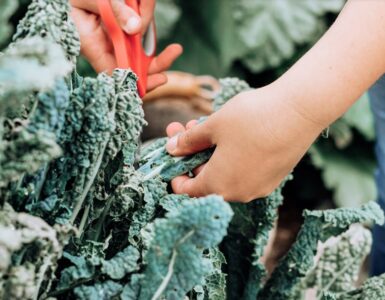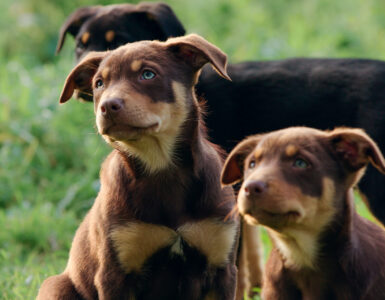Macadamias can be traced back millions of years, to the green, lush, thick rainforest regions of Australia’s north east coast. Where the right soil, climate and environment came together to produce the unique, rich, buttery nut we know and love.

For First Nations People, the macadamia nut has a long history.
Before European settlement, Indigenous Australians congregated on the eastern slopes of Australia’s Great Dividing Range to feed on the seed of two evergreen trees, one of which they called ‘Kindal Kindal’ which was the macadamia. Aboriginal peoples had other names for macadamia including Boombera, Jindill & Baupal.

The 60 million year old nut’s origin is also the centre of a creation story. The following is the legend as re-told in January 1993 by Olga Miller, the senior Elder of the Butchella Tribe of Fraser Island.
The Legend of the Baphal
Way back in THE FIRST TIME [The Dreamtime] when Yindingie our Messenger God was leaving the Mountain, the Budjilla people had to decide who was to look after our Land. There was someone to go to Burrum Heads to look after the north and someone to look after the south at Inskip Point. When it came to looking after the Mountain, nobody wanted to really leave and go to a far away place, so a man called Baphal said he would go.
So Baphal packed for his long journey and unbeknown to him his friend the jewel lizard stowed away in his pack. He had walked a long way, all the time he could see the Mountain in the distance. Finally he reached the Mountain and set up camp, when out jumped the little jewel lizard. Baphal said to him what are you doing here? The little lizard said I did not want to leave you so I hid in your pack and came with you.
One day when Baphal was walking along he fell and hurt his foot – he could not get to food and water. The little lizard could see that Baphal was hurt, so he went to the rock wallaby to ask him what to do. The rock wallaby said, we have to get him some water. So they got Baphal’s eelamun and hurried to the water, but when they got there, the rock wallaby could not reach. So he took the eelamun to the kangaroo and the kangaroo filled up the eelamun with water and gave it back to the rock wallaby who with the lizard gave it to Baphal.
Then the lizard said we have to get him some food. The rock wallaby said we should ask the cockatoo. So the cockatoo flew out and collected some nuts and scattered them around the mountain so Baphal could have food.
Then the rock wallaby and the lizard decided that Baphal needed help from his people so they made a fire and asked the cockatoo to get some leaves. The cockatoo flew out once again and collected some green leaves from the nut tree, and this created smoke. Well our people on the Island seen the smoke and they sent help to Baphal.
When our people saw what happened they called the Mountain, Baphal’s Mountain. When our people seen the lizard they called him Baphal’s lizard. When our people seen the nuts they call them Baphal’s nuts.
The macadamia today
Today Australian macadamias are the third largest horticultural export, contributing more than 30% of the global crop. Major export markets include Japan, Korea, Taiwan, Europe and North America. However, Australia remains the biggest market!
Currently crops are predominately grown in northern New South Wales and south-eastern Queensland due to their sub-tropical climates.
For more information, tips and recipes head to Australian Macadamias.






































Add comment